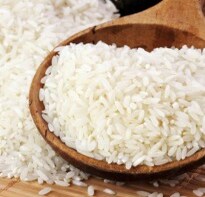The decades-long era of "cheap rice" when technological advances drove down prices of Asia's staple food may be over, but that could be good news for farm laborers, a British development think tank says.
Advertisement
Advertisement
For the latest food news, health tips and recipes, like us on Facebook or follow us on Twitter and YouTube.
Advertisement
Tags:
